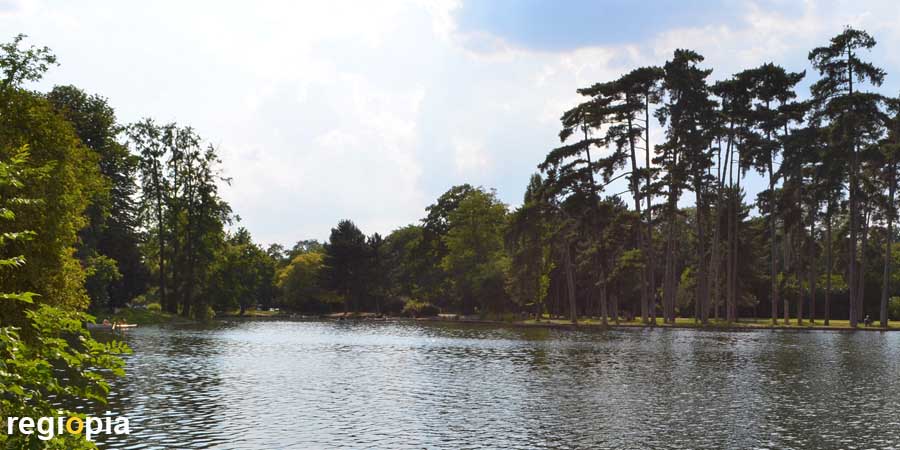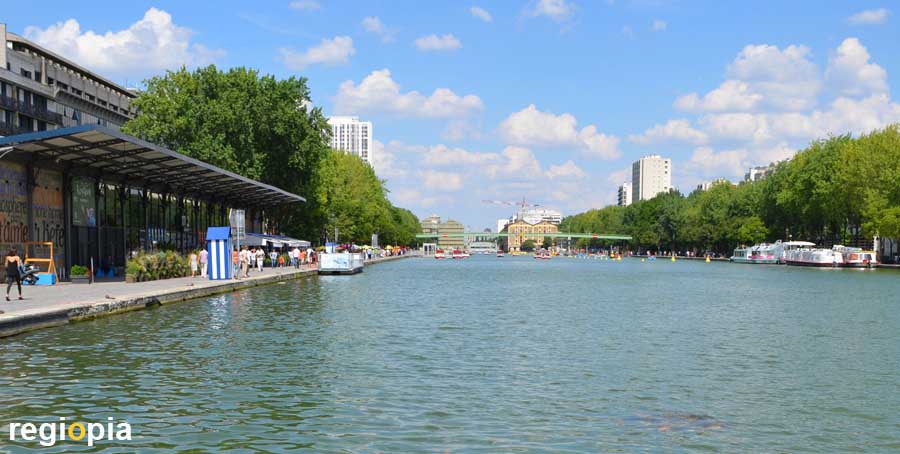
Bassin de la Villette
The "Basin de la Villette" was built by Napoleon I. It should improve the drinking water supply of Paris and was part of the channel to Saint Denis. Since 2007, the basin has been part of the "Paris Plages" project, where river bank areas are transformed into beaches.
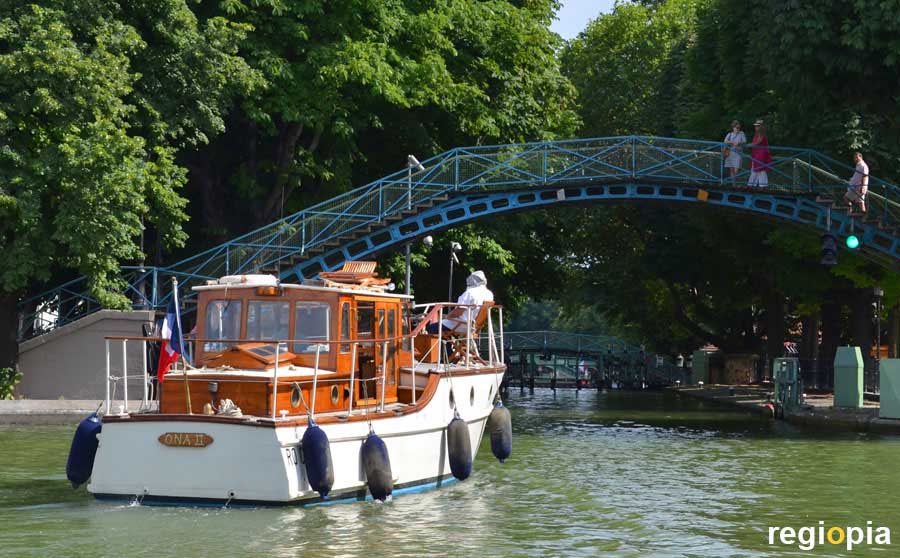
Canal Saint Martin
Napoleon I ordered the construction of the "Canal Saint Martin" to link the Arsenal of the Bastille with Saint Denis. Because of the canal the ships save a long journey on the river "Seine". Today, the partly underground canal is used for recreation.
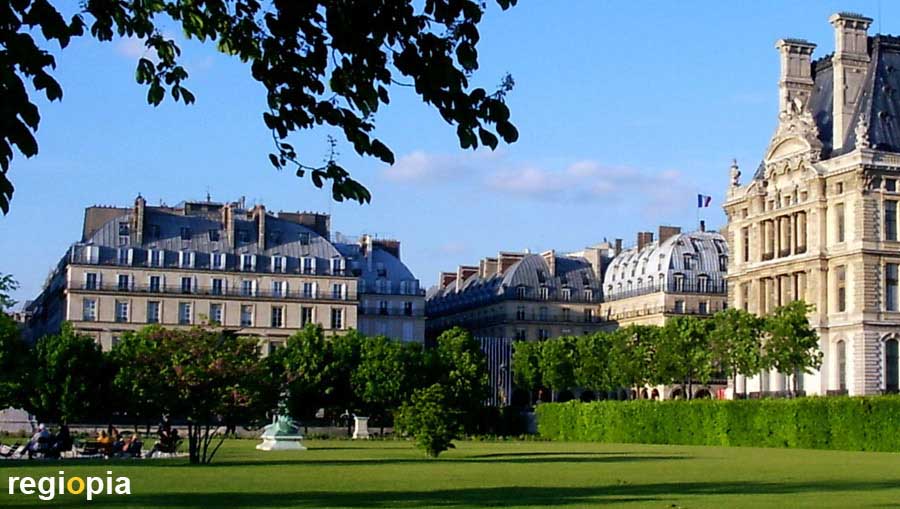
Jardin des Tuileries
"Catherine de Medici" had built a palace with a garden in 1564, instead of a brickyard (French Tuilerie). The palace was destroyed during an insurrection in 1871. In 1981, the garden was restored after the plans of "Le Nôtre" from 1666.
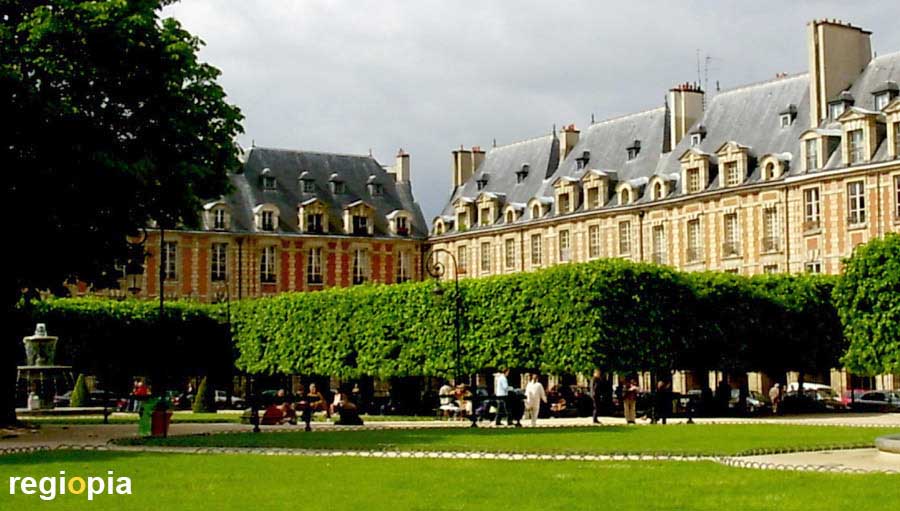
Place des Vosges
The "Place de Vosges" revolutionized European urban planning. The green space as the center of residential buildings, all of which bear the same façade, ended the medieval narrowness of the european city in 1612. Until 1799 the square was called "Place Royal".
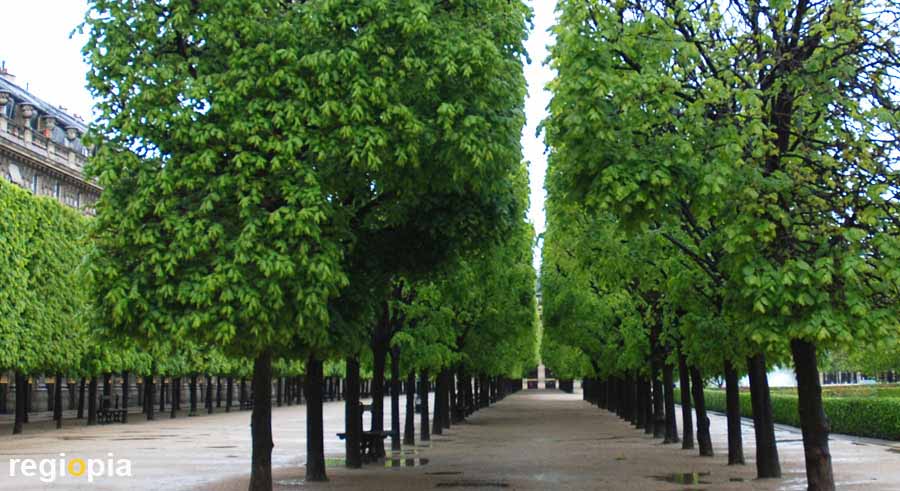
Jardin du Palais Royal
The "Palais Royal" was the residence of Cardinal Richelieu and fell after his death in 1642 to the king. The courtyard "Cour d'Honneur" was designed by Daniel Buren in 1986. Columns are piercing the surface on a grid at different heights.
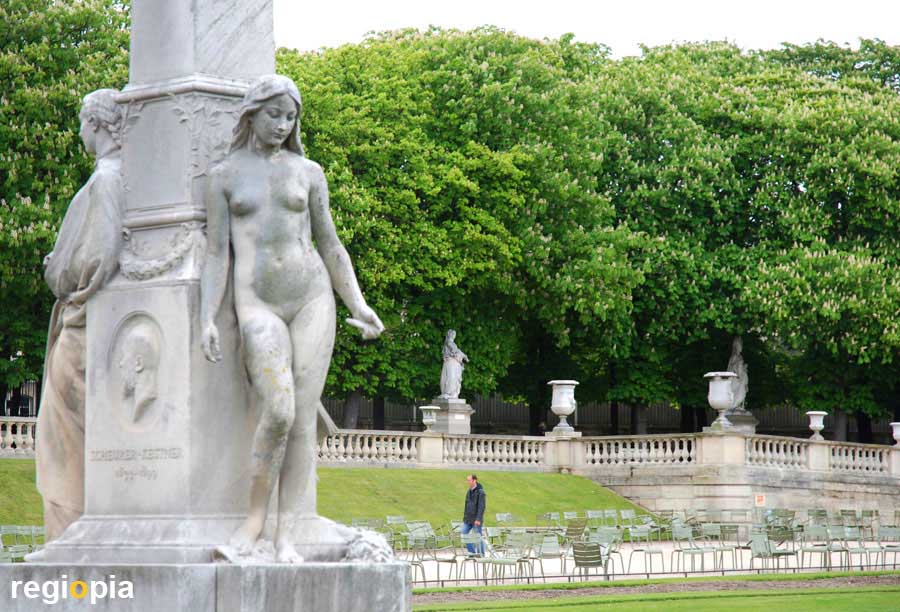
Jardin du Luxembourg
The "Jardin du Luxembourg" was built around 1612 on the initiative of Maria de Medici, who wished to have a landscaped park, just like in her home town of Florence. The Boboli Gardens of Palazzo Pitti served as a model for the "Jardin du Luxembourg". The garden is a relaxed place where children float their toy boats in the central fountain.
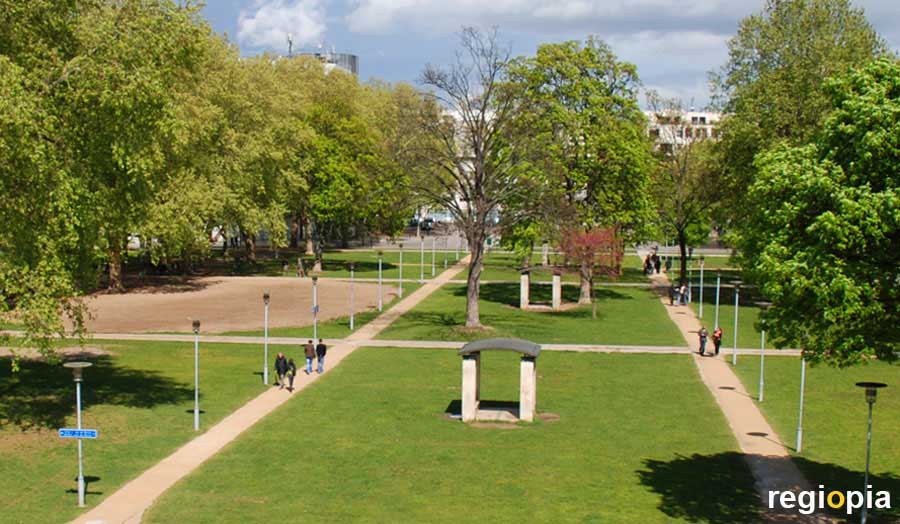
Parc de Bercy
The "Parc de Bercy" was established in 1997 on the grounds of the old wine market. In the east of the park, wine stores have been preserved and are now used as café or restaurant. The "Parc de Bercy" is connected via the "Passerelle Simon Beauvoir" with the National Library on the other side of the river Seine.
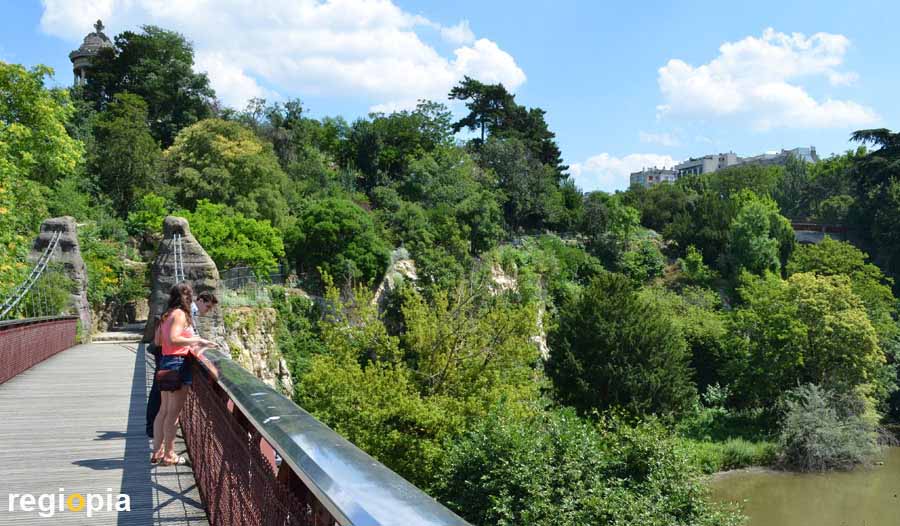
Parc des Buttes Chaumont
The hill (Buttes) was rich in plaster and was used for many years as stone quarry, until it served as a horse slaughterhouse and a dump. Napoleon III transformed the stinking pit in 1867 into one of the most beautiful parks in Paris.
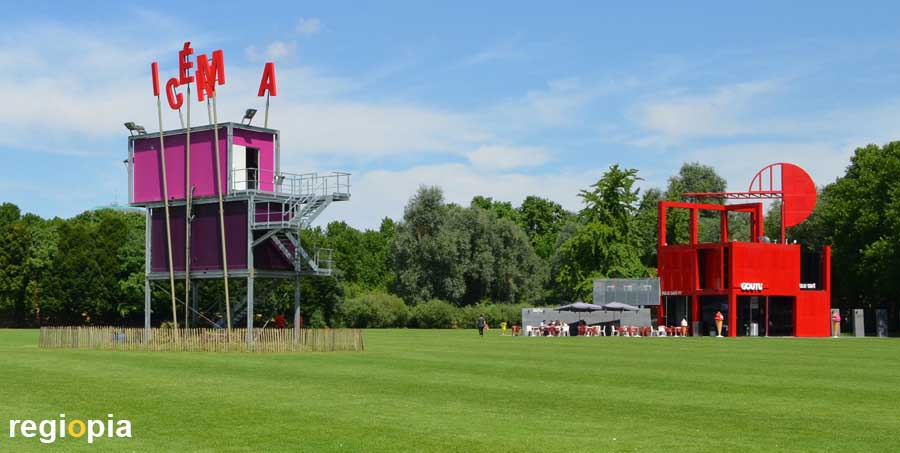
Parc de la Villette
The "Parc de la Villette" is an urban park on a former abattoir, with the museum "Cité de Sciences et de l'industrie" and "Cité de la musique". In the parc you will also find the red "Folies" of Bernhard Tschumi. In the summer, events such as open air cinema and concerts take place on the meadows.
Map parks and gardens in Paris
ads
Parks and Gardens in Paris
ads



